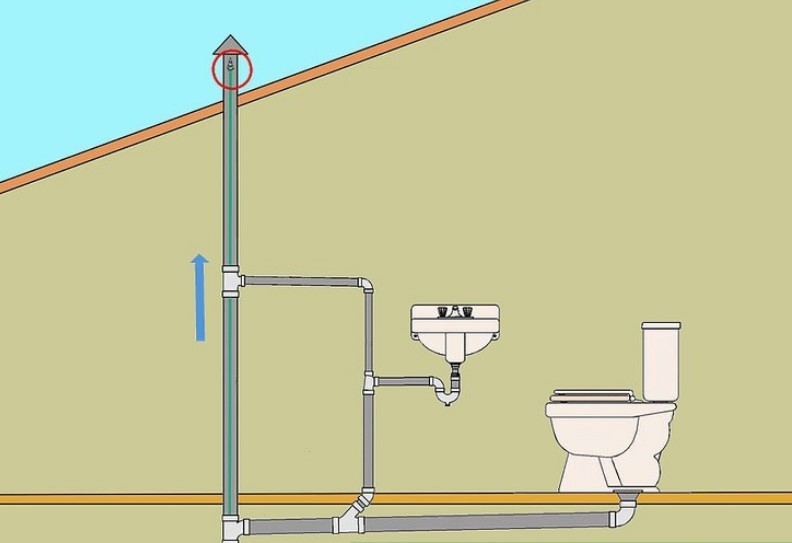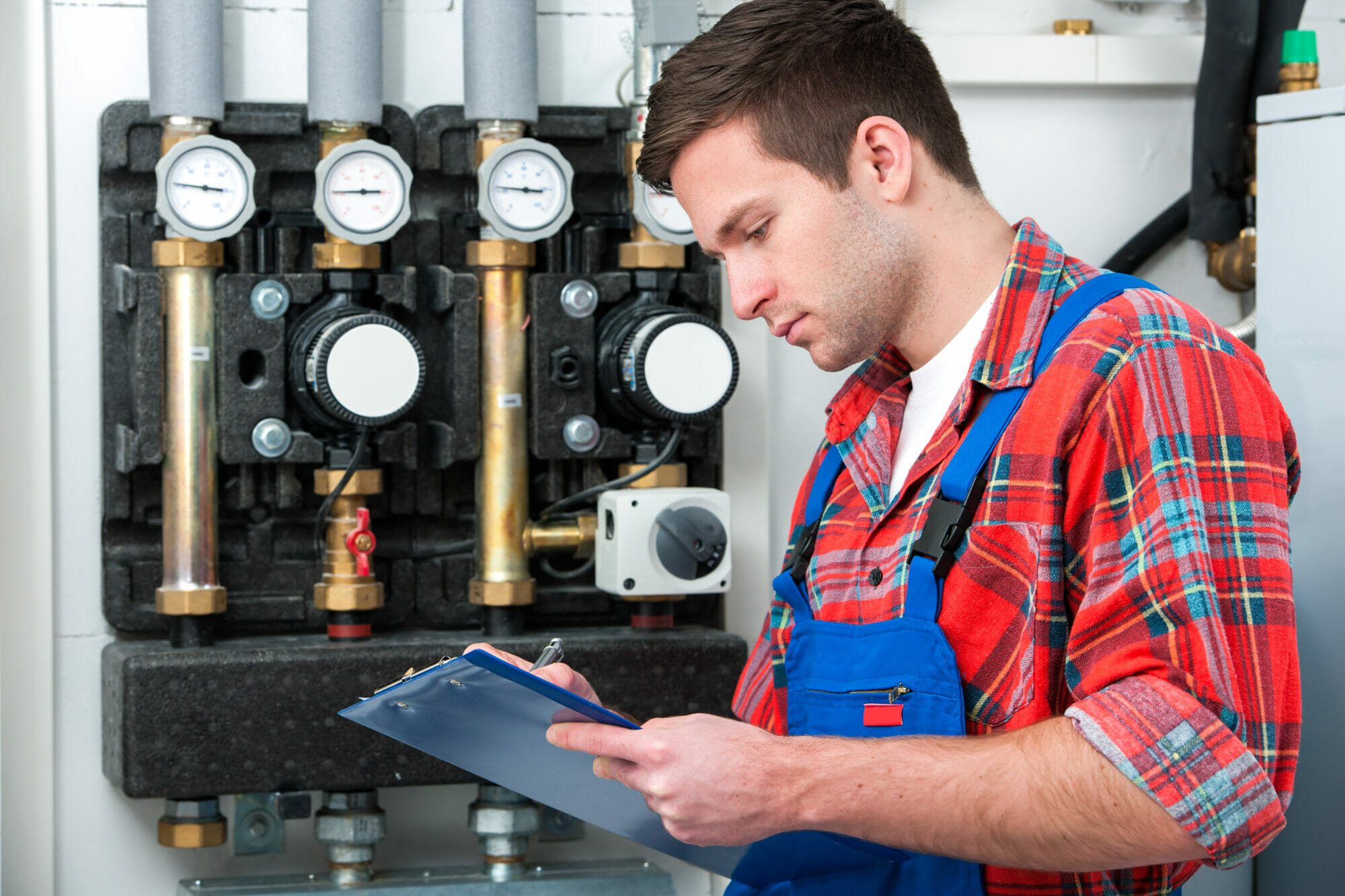The Value of Proper Ventilation in Residential Plumbing Systems
The Value of Proper Ventilation in Residential Plumbing Systems
Blog Article
We have uncovered the article relating to What Are Plumbing Vents and Why Are They Important? down the page on the net and felt it made sense to quickly share it with you on this site.

Correct air flow in pipes systems is typically ignored, yet it is critical for keeping the capability and security of your home's pipes. Ventilation helps manage air pressure, avoid the accumulation of dangerous gases, and ensure the efficient removal of waste. In this guide, we will check out the relevance of appropriate plumbing ventilation, exactly how it works, and the benefits it gives your plumbing system.
How Ventilation Works in Plumbing Solutions
Air Pressure Policy
Proper ventilation maintains balanced atmospheric pressure within the pipes system. When water streams through pipes, it displaces air. Without adequate air flow, this displacement can develop negative pressure, resulting in reduce drains pipes or siphoning of water from traps, which can cause unpleasant smells to permeate right into the home.
Preventing Drain Gas Accumulation
Among the most important features of pipes vents is to avoid sewage system gases, such as methane and hydrogen sulfide, from gathering within the home. These gases can pose serious health risks and are highly combustible. Vent pipelines allow these gases to run away safely outdoors.
Aiding in Waste Removal
Air flow aids in the efficient removal of wastewater by protecting against airlocks in the drainage system. When air can flow easily via the vents, it enables water and waste to flow efficiently with the pipes, lowering the danger of clogs and backups.
Benefits of Correct Air Flow
Boosted System Efficiency
Properly aerated plumbing systems run much more effectively, with less blockages, faster draining, and much less strain on the pipes. This efficiency expands the life-span of the plumbing system.
Improved Air High Quality
By protecting against drain gases from entering your home, proper ventilation adds to much better indoor air quality, making your living environment healthier and a lot more comfortable.
Protecting Against Water Damages
Adequate air flow aids stop water from being siphoned out of traps, which can bring about sewer gases getting in the home and triggering water damages in time.
Actions to Make Sure Proper Ventilation
Consulting Plumbing Codes
Constantly speak with local plumbing codes when developing or modifying your plumbing system. These codes provide the essential guidelines for proper airing vent and guarantee your system satisfies safety requirements.
Normal Assessment and Maintenance
Routine evaluations can assist recognize potential air flow issues before they become significant problems. Maintenance jobs, such as cleaning air vent pipes and looking for obstructions, are important for keeping the system in good working order.
Specialist Installation
For brand-new setups or significant adjustments, it's wise to work with a professional plumbing professional. They have the know-how to ensure the air flow system is correctly developed and set up according to code.
Recognizing Ventilation in Pipes
Air flow in pipes describes the network of pipes that enable air to move with the water drainage system. These vents serve several objectives, consisting of regulating atmospheric pressure within the pipelines, preventing drain gases from entering the home, and aiding in the smooth circulation of wastewater.
Types of Pipes Vents
Key Heap Vent
The main pile vent, additionally called the vent stack, is the main air vent in a pipes system. It expands from the main drain align via the roofing system, permitting gases to get away and fresh air to go into the system.
Branch Vent
Branch vents link to the primary pile vent and serve specific components, such as sinks, bathrooms, and showers. These vents guarantee that each fixture has adequate air flow to work correctly.
Air Admission Shutoff (AAV).
An Air Admittance Shutoff (AAV) is a one-way valve that allows air to go into the pipes system without the demand for a typical vent pipeline extending with the roofing system. AAVs are frequently used in improvements or areas where setting up a common air vent is not practical.
Indications of Poor Ventilation in Plumbing.
Slow Draining Fixtures.
If your sinks, bathtubs, or bathrooms are draining slowly, it could be a sign of bad ventilation. Poor air flow can produce a vacuum effect, making it challenging for water to drain correctly.
Gurgling Seems.
Gurgling sounds originating from drains are frequently a result of air being drawn via water catches due to negative pressure in the pipelines. This is a clear indication of insufficient ventilation.
Undesirable Smells.
Sewer smells inside your home are a warning that your plumbing system is not properly ventilated. This can suggest that sewer gases are not being effectively aired vent outside, bring about potentially harmful problems.
Common Air Flow Errors.
Poor Vent Sizing.
Making use of small air vent pipes can bring about inadequate air circulation and stress inequalities in the system. It's essential to use vents that satisfy the certain requirements of your plumbing system.
Improper Vent Placement.
Positioning vents as well much from the fixtures they serve can lower their effectiveness. Correct positioning makes sure that air can move easily and successfully with the system.
Ignoring Code Demands.
Building ordinance provide certain standards for pipes ventilation. Neglecting these codes can result in a system that stops working to operate correctly and may lead to costly fixings or health hazards.
Verdict.
Appropriate air flow is an essential component of any type of pipes system, making sure that it works effectively and safely. By recognizing the significance of ventilation, acknowledging the signs of poor air flow, and taking actions to maintain your system, you can stop expensive problems and protect your home's air high quality.
What is a Plumbing Vent and it's used for?All plumbing systems in residential and commercials construction have a plumbing vent. It doesn’t just vent unwanted odors from the drainage system to the outside; it actually serves an important purpose by supplying air to the system.
The plumbing drainage system is actually called a drainage, waste and vent (DWV) system. When water flows down the piping, an air supply (vent) is needed to allow the water to flow. Think of the vertical pipe as a drinking straw. If you plug the top end of a straw, liquid won’t drain from it.
The DWV system in your building consists of a series of pipes connected to each fixture; they extend above each fixture, and the system terminates at an open pipe that extends through the roof. This piping allows air into the system and prevents unbalanced pressures in the piping.
?The vent also prevents the system from drawing water out of a trap at the fixture with the characteristic “glug-glug-glug” as the drain gasps for air. Plumbing traps should drain smoothly and never “glug” or gasp for air.
If you have a drain that empties slowly or gurgles as it drains, this may indicate a venting problem. If you flush a toilet and the sink gurgles, there’s definitely a vent problem. It is good idea to have a Plumber check this.
https://www.ameliashomeinspection.com/blog/what-is-a-plumbing-vent-and-its-used-for

We hope you enjoyed our article on . Thanks so much for spending some time to read our blog post. In case you enjoyed our article kindly consider to share it. I thank you for your readership.
Call Today Report this page